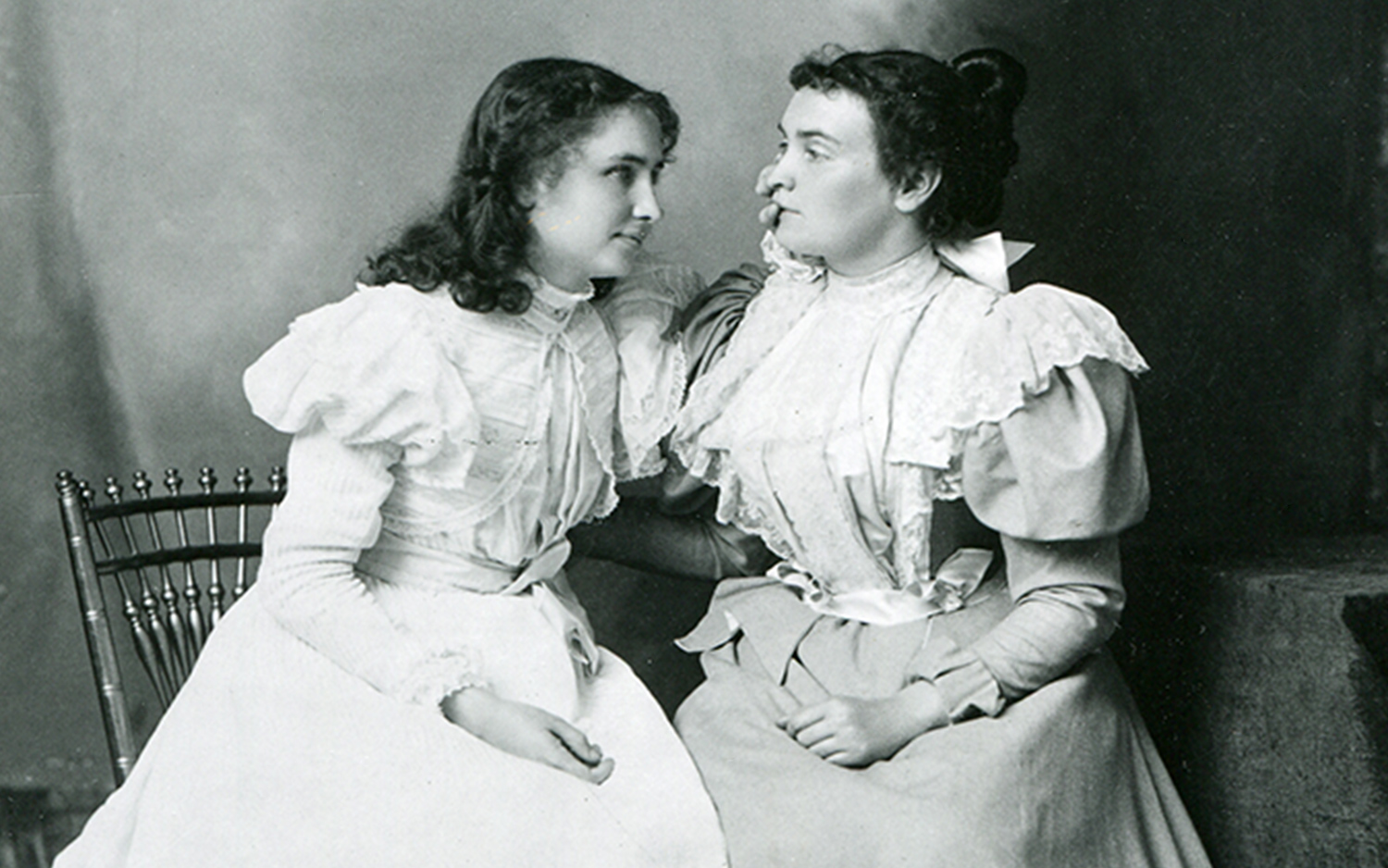What Caused Helen Keller to Be Deaf and Blind? An Expert Has This Theory

Helen Keller was just 19 months old in 1882 when she developed a mysterious illness that would rob her of her hearing and sight. Still, she would go on to learn to communicate through signs, as well as read, write and speak. Today, 50 years after her death on June 1, 1968, she is remembered for being an accomplished author and activist for people with disabilities, who persevered in the face of adversity.
But what exactly caused the illness that left her deaf and blind?
It turns out that, despite the famousness of Keller's case, no comprehensive medical analysis has been conducted, until now.
In the first analysis of its kind, a pediatric infectious-disease expert has concluded that a likely explanation for Keller's deaf-blindness was an infection with the bacterium Neisseria meningitidis that, in turn, caused meningitis, or a swelling of the linings that cover the brain and spinal cord.
It's important to note that doctors will never know for certain exactly what illness "closed my eyes and ears and plunged me into the unconsciousness of a new-born baby," as Keller later wrote. But the explanation of bacterial meningitis is "where reasonable deduction would take you," said Dr. Janet Gilsdorf, the author of the analysis and a professor emerita in the Department of Pediatrics at the University of Michigan Medical School. [10 Mysterious Deaths and Disappearances That Still Puzzle Historians]
A mysterious illness
Gilsdorf said she became interested in what caused Keller's deaf-blindness after she posed the question to her students during lectures about meningitis.
After one of those lectures, "I thought, what do we know about this? I grew very curious about it," Gilsdorf told Live Science.
Sign up for the Live Science daily newsletter now
Get the world’s most fascinating discoveries delivered straight to your inbox.
But when Gilsdorf studied the literature, she "found nothing authoritative" on the topic. The explanations that did exist came from historians, not physicians or infectious-disease experts, and most of these ideas "were way off-base from a medical point of view," Gilsdorf said.
Keller's autobiography is also vague, saying that she developed a sudden fever, and doctors called the illness "acute congestion of the stomach and brain."
So Gilsdorf used a digital library database called the HathiTrust to review the literature on what was known at the time about infectious diseases that may have caused Keller's deaf-blindness, and what symptoms and complications patients developed in the age before antibiotics. Her analysis was published online May 5 in the journal Clinical Infectious Diseases.
Finding a cause
Historical accounts often attribute Keller's deaf-blindness to scarlet fever, an illness that can occur in people with strep throat, and causes a rash and fever. But this disease does not cause deafness and blindness, Gilsdorf said. "It's hard to know where this thinking comes from" that attributes her deafblindness to scarlet fever, she said. It's true that the bacteria that cause scarlet fever, called group A Streptococcus, can also cause meningitis. But even in the 1800s, meningitis as a complication of scarlet fever happened rarely, and when it did happen, symptoms of meningitis were usually delayed, occurring more than three weeks after scarlet fever symptoms appeared.
What's more, scarlet fever was a known illness at the time, and "Helen Keller’s physician very likely would have recognized scarlet fever if it preceded meningitis," Gilsdorf wrote in her analysis.
Some historians have also attributed Keller's illness to rubella, which can cause deafness and blindness if babies are infected in the womb. If this happens, babies are born with these complications, but Keller was healthy before her illness, Gilsdorf said.
Keller may have also had a disease that caused encephalitis, or inflammation of the brain, but this likely would have caused severe brain damage and led to intellectual disability, which didn't happen in Keller's case, Gilsdorf noted.
However, an infection with Neisseria meningitidis that caused meningitis, known as meningococcal meningitis, seems to fit Keller's symptoms and complications. The survival rate of this form of meningitis at the time of Keller's illness was around 30 to 40 percent. People with this illness can recover suddenly, which would fit Keller's own description of her recovery; she stated in her autobiography that "the fever left me as suddenly and mysteriously as it had come." What's more, a 1913 report on 1,300 patients with this infection found that about 31 percent of patients survived, and that among survivors, 45 lost their hearing, three lost their vision and two lost both hearing and vision. This evidence suggests that meningococcal meningitis is "a credible cause of the illness that left Keller deaf and blind," Gilsdorf wrote.
But since other bacteria can also cause meningitis, could another microbe be to blame? There are two other types of bacteria aside from N. meningitidis that commonly cause meningitis. One is Streptococcus pneumoniae, but this infection was "uniformly fatal" at the time of Keller's illness, Gilsdorf said. Another is Haemophilus influenzae, which one study reported had a mortality rate of around 97 percent in young children at the time of Keller's illness, but could also cause deafness or blindness. Thus, although the survival rate was low, H. influenzae could also have possibly caused Keller's illness, Gilsdorf said.
Gilsdorf said she hopes her analysis inspires people to think critically and dig deeper into historical cases. She also hopes people continue to remember Helen Keller. "She was a great, great woman and highly accomplished despite all of her disabilities," Gilsdorf said.
Original article on Live Science.

Rachael is a Live Science contributor, and was a former channel editor and senior writer for Live Science between 2010 and 2022. She has a master's degree in journalism from New York University's Science, Health and Environmental Reporting Program. She also holds a B.S. in molecular biology and an M.S. in biology from the University of California, San Diego. Her work has appeared in Scienceline, The Washington Post and Scientific American.










